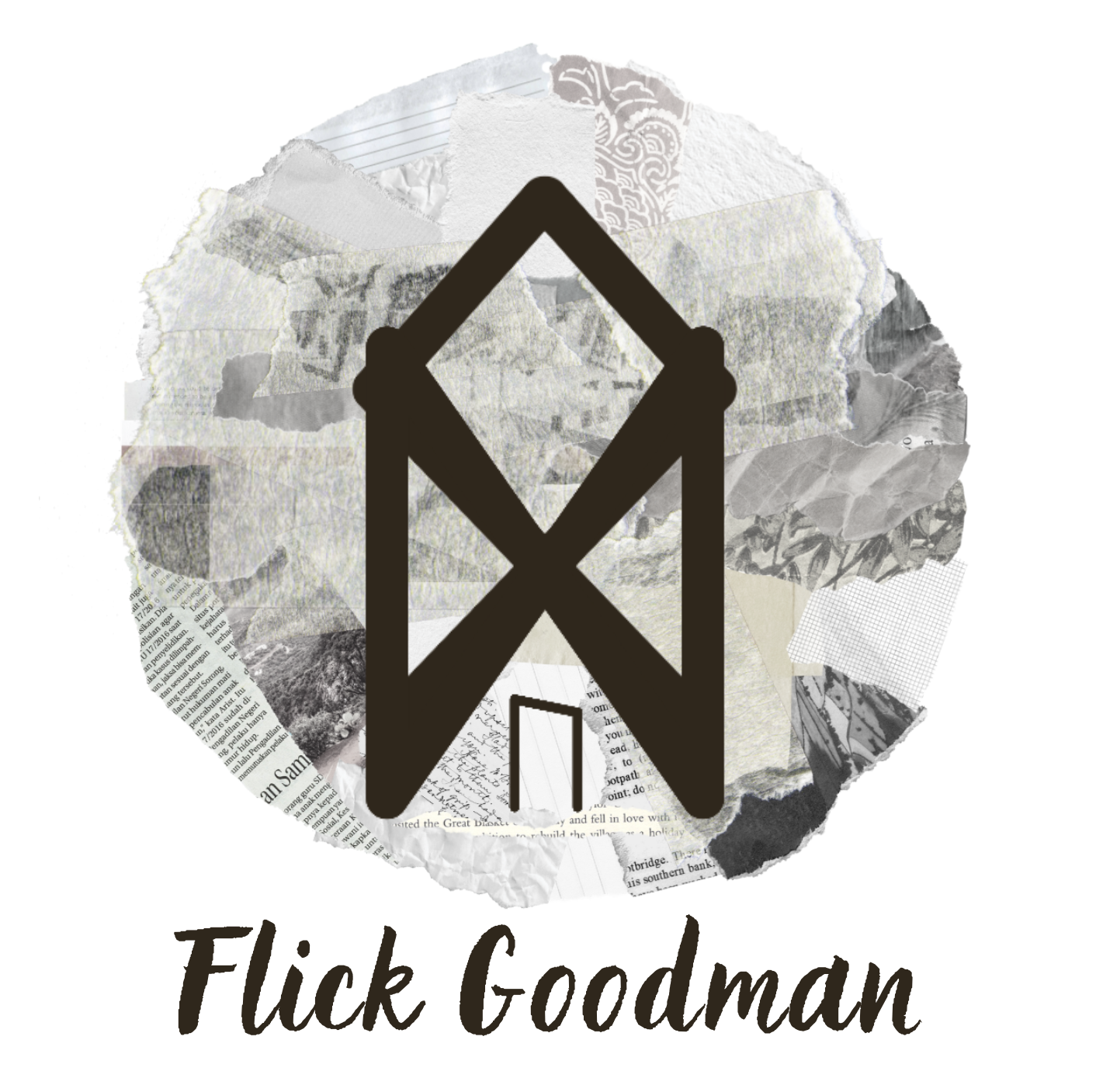This afternoon, I entered into a Zoom meeting with composer and musician Tayo Akinbode, hosted by Z-Arts. Being a storyteller, can be a lonely process and we are living in a lonely time, so it was great to hear about how Tayo creates music to tell a story.

One of the thoughts that regularly swills around my head is around the difference and similarities between working with children or adults. It’s a question I get asked regularly moving between these different groups that I work with. It leaves me a bit stumped as other then a slight modification of language, there is no difference. Children laugh and so do adults. Adults struggle crossing the creative threshold and so do children. Both children and adults want to hear and tell stories. So it is a relief to hear someone as experienced as Tayo say ‘I wouldn’t dumb down music for children.’
I have finished writing the story of my family ancestors. A project I was inspired to start after working with Emily O’Shea company, On The Border. I am now in the process of editing the story into an audio experience and it is a relief to be piecing the story together. The writing process has been difficult. The vision I sat down with was to create a piece of audio storytelling about my great-grandparents. They were performers at the turn on the 20th century who went on to manage some of the first variety cinema’s in the country (a mixture between Music Hall and Cinema). Before I sat down to research, this part of my family had mythical qualities. I wanted to use Music Hall numbers in order to help tell their story. I wanted this to be a piece for family audiences. Something that could be enjoyed with everyone – an intergenerational activity. That you could listen at a distance together with your elderly granny who is shielding and your 8 year old nephew who is home schooling. That it would open up conversations about family stories in a way that I could not have with my own grandparents. I was going to use this idea to develop my creative practice, to experiment and play.
But the doubts creep in. Will children get this? Is the music too bawdy? Am I just inventing truths that I cannot find? Is this material appropriate for family audiences? Nothing kills playtime like doubt and nothing makes experimentation more pointless then isolation. So thanks to Z-Arts for providing connection and thanks to Tayo for grounding me and reminding me that children are no different from the rest of us, which in my wobbly, lonely, creative moments I forget.

I grew up in Reading and we had family down in Bath. When we drove down to see them in Bath, my Dad would play Peter Gabriel’s albums. We loved the track, Solsbury Hill. We used to drive past Solsbury Hill on the route to see our family. We used to climb up it (when you could). We loved that song. We’d ask for more Peter Gabriel. We’d listen Red Rain, Don’t Give Up and Games without Frontiers. We did not hear the loaded political meaning in these songs. We didn’t here the meanings that I as an adult now hear. Tayo told us today ‘Children like Music.’ Its a simple statement, but it is an easy one to make. No matter how much I see my children request Michael Jackson (their Dad’s favourite) or sing along to Fleetwood Mac (Rumours is my go to Album), in my artistic process my lived knowledge gets crowded out by my doubts over how to execute an idea. I managed to create children into something ‘other.’
That is why I love working creatively with children. They remind me that we are all not that different from each other. I’m looking forward to Z- Arts opening their doors again so I can be reminded of this by the real child experts, the children themselves. Until then, I will keep going. Clumsily put one foot in front of the other.
After all music is music to be made, all stories are stories waiting to be told and all humans are humans waiting to be heard, no matter their size.
This project am I am working on has bee made possible by funding from the Arts Council Emergency Response Fund. The funding has allowed me time to develop my skills, conduct research and connect to other artists. My thanks go to Z-Arts for providing free access to these conversations and understanding that these conversations are needed.






